150km London to Oxford
Abingdon
Ride overview
“There is a mystery about rivers that draws us to them, for they rise from hidden places and travel by routes that are not always tomorrow where they might be today,” Olivia Laing
As a piece of living art, the Thames is a masterpiece; an exhibition of light and grace and colour. It combines nature’s glory with the magnificence of mankind. The gallery is a wonder-world of palaces and castles, of humbler homes made with wood and hand-made brick, of cottage gardens and of grandiose modern mansions. There are to see, flower-filled water-meadows where cattle graze and gaze, rolling chalk hills studded with oak and dark leafed yew, and the many stands of stately poplars and drooping willows dipping their branches into the argent water.
The river refreshes and enchants you. You drift, like the river itself, meandering here and there, into riverside pubs, or a favoured picnic spot, or into the river itself for a swim.
The river slows you down and lures you into riding gently. Perhaps it’s the unhurried ease of the current or the grace of gliding swans, or the light catching on the hulls of sleek boats. Maybe its because you’re held up by people companionably chatting on the river path.
Be assured that the river will adjust any ambitions you may have had for the day. Go with the flow. I’ve tried to do the whole route in a day which makes for a nice gravel-bike challenge, but failed each time. The river always wins.
The ride is at its richest and most appealing on warm summer days, when the trees are in full leaf and the river languidly flows beside you. To sit at a riverside pub, enjoying a long lunch on an outside table is one of the many Thames-side pleasures. A picnic sitting on the grass under the shade of a mighty oak tree, whilst your bike rest horizontally is another.
Summer may be the perfect time for a river ride, but to tackle the route in winter is a special thing. The character of the river changes; it surges silently, in full muscular strength. You can see the architeture of the river more clearly and the winter light upon the river is like oxidised silver. It is a very English light. The river paths are quieter with fewer people to impede your progress and there are tables in pubs which didn’t need advanced booking. There’s a bareness and simplicity to the ride; the trees are stark against the blue sky, the swans more brilliant white. And there’s time too, after a morning of riding in the watery light, to linger in some of the river’s indoor arenas of castles and palaces before taking a train through the darkness, back home.
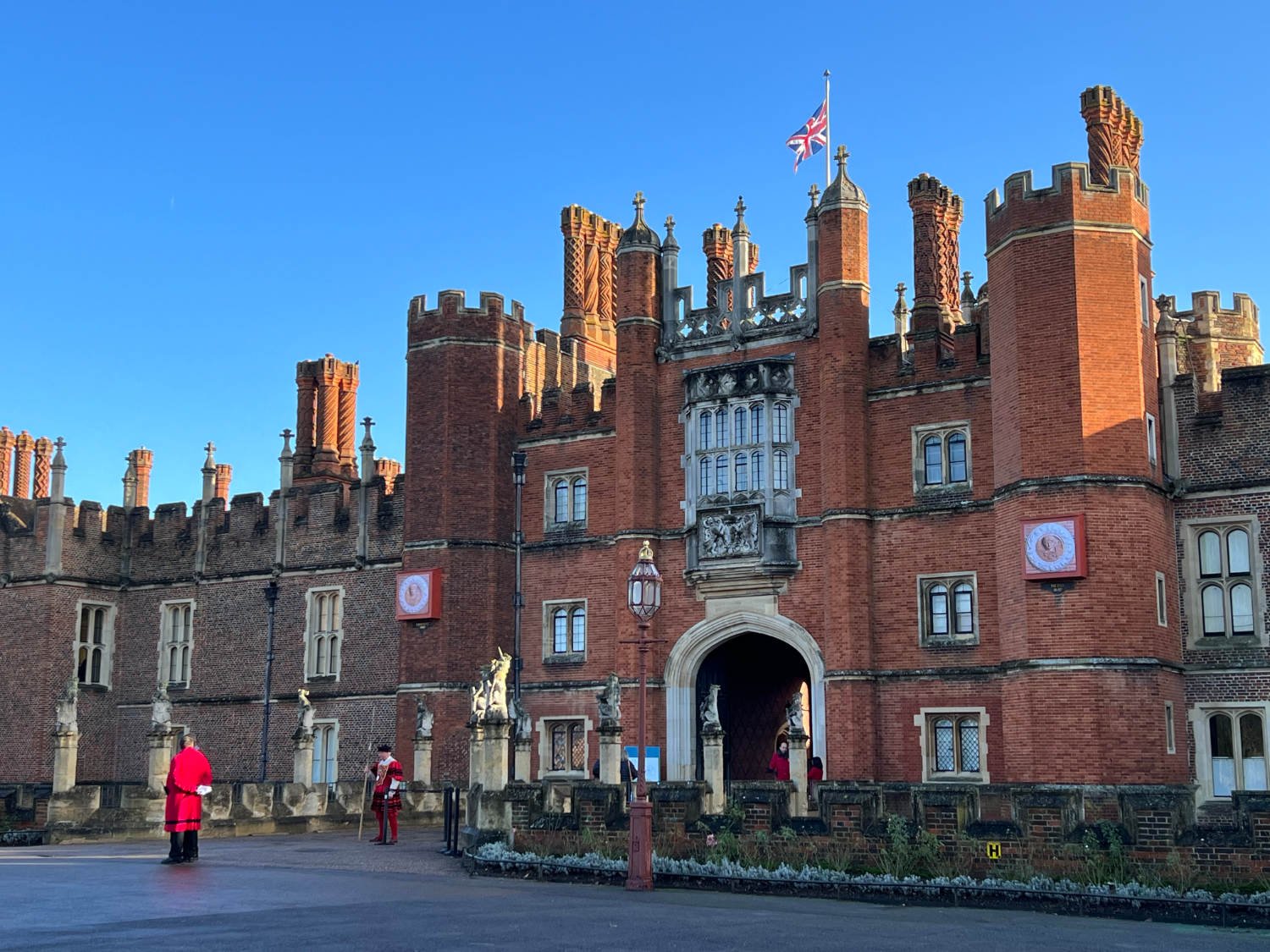
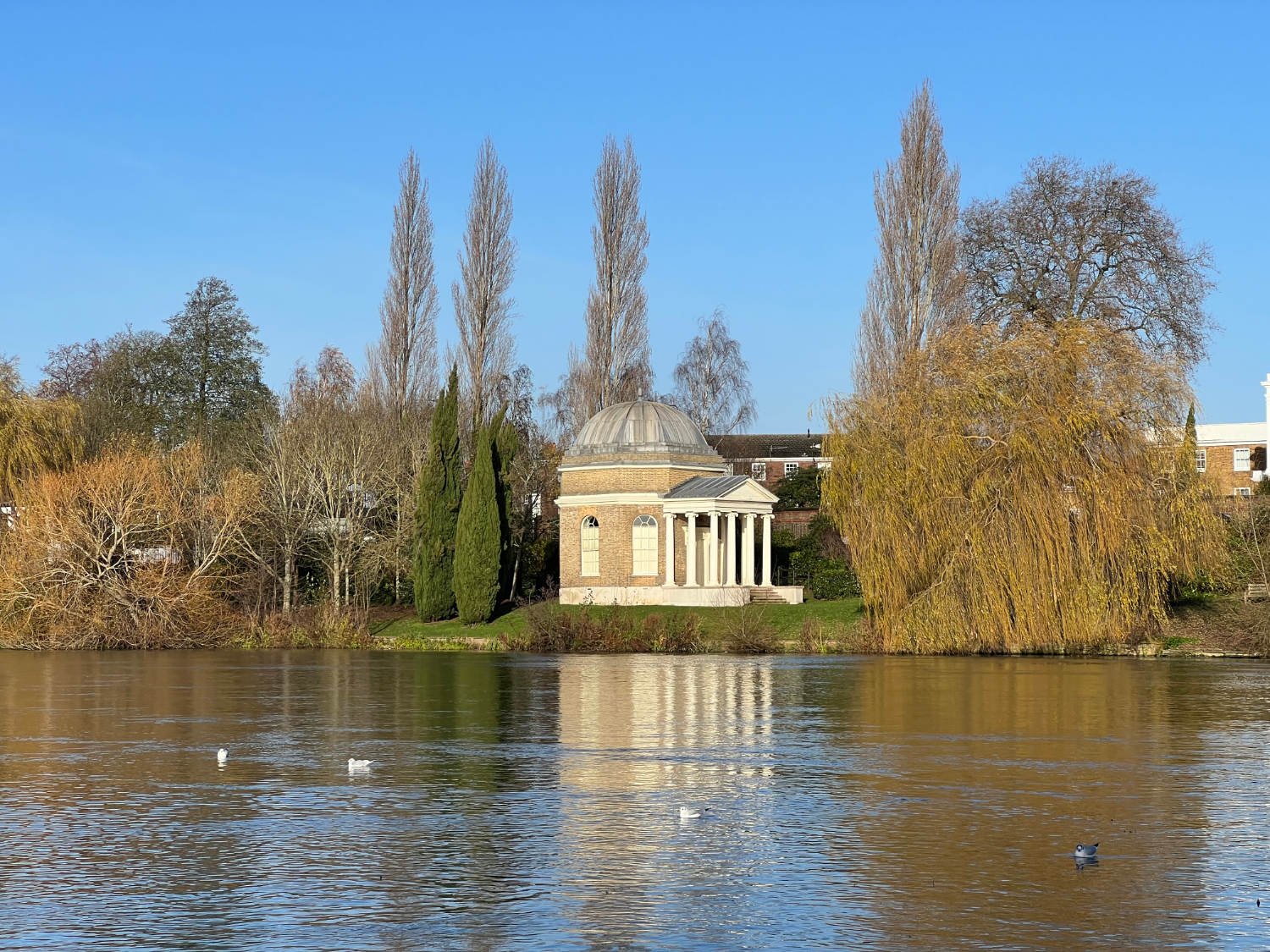
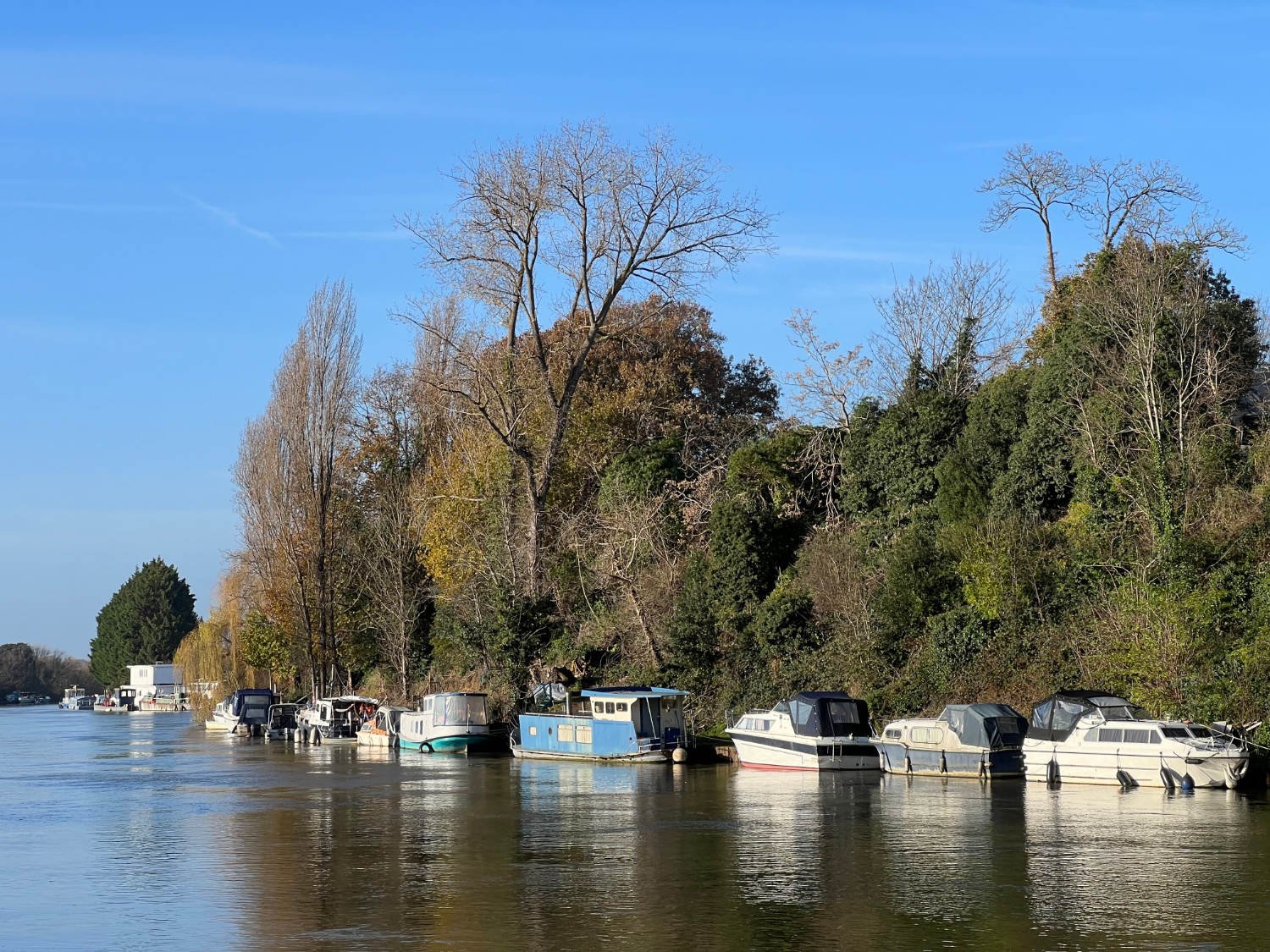
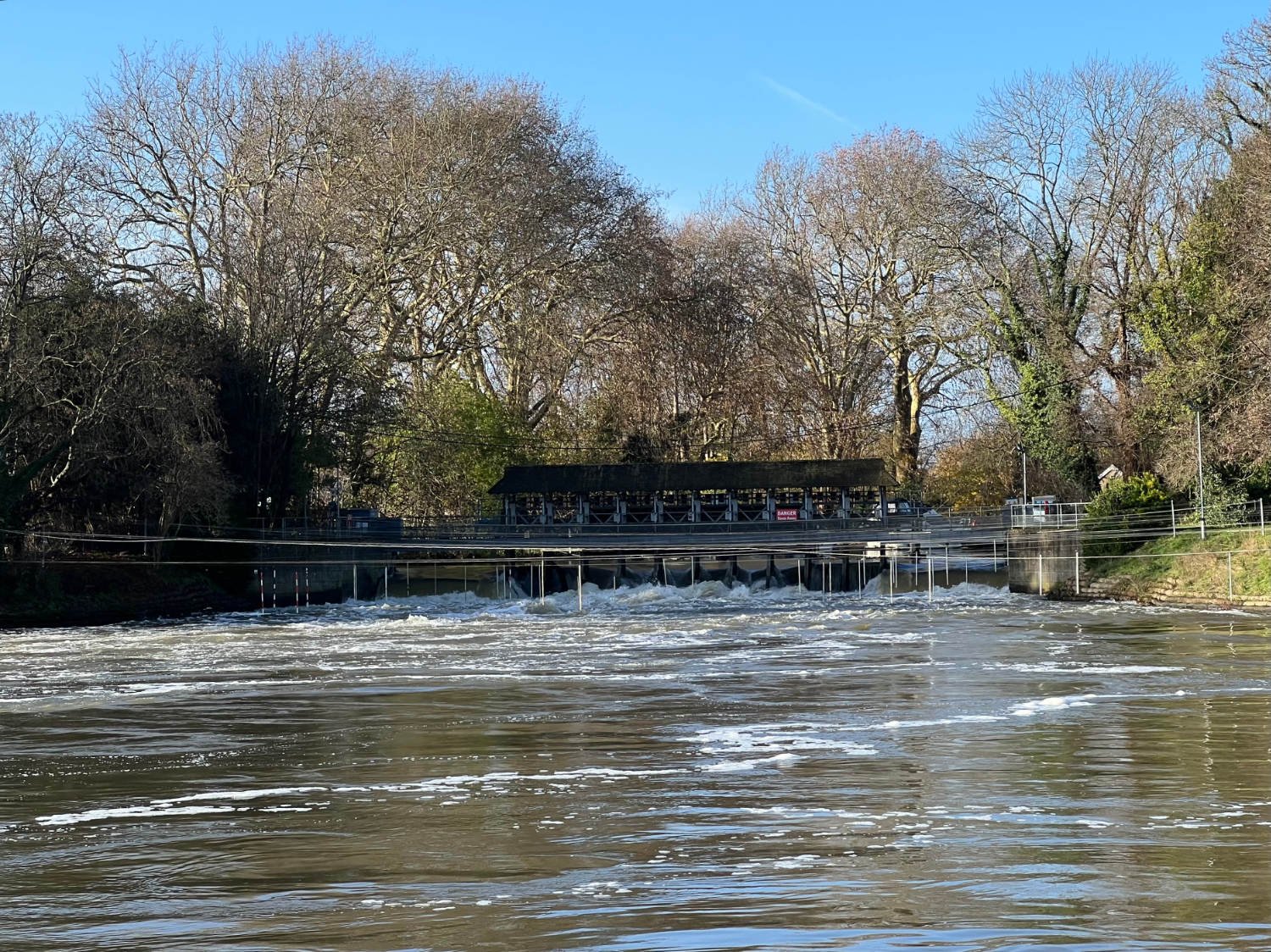
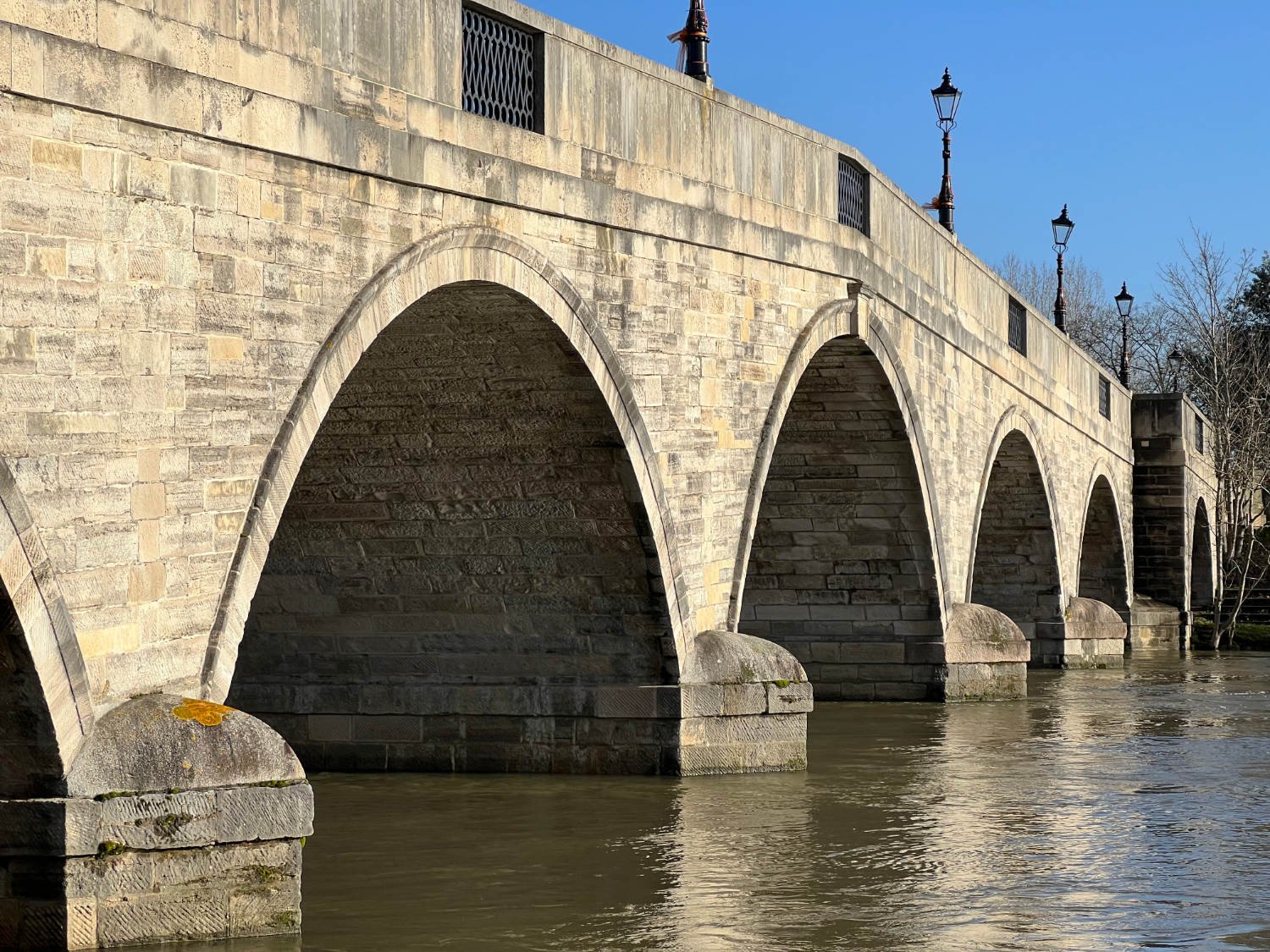
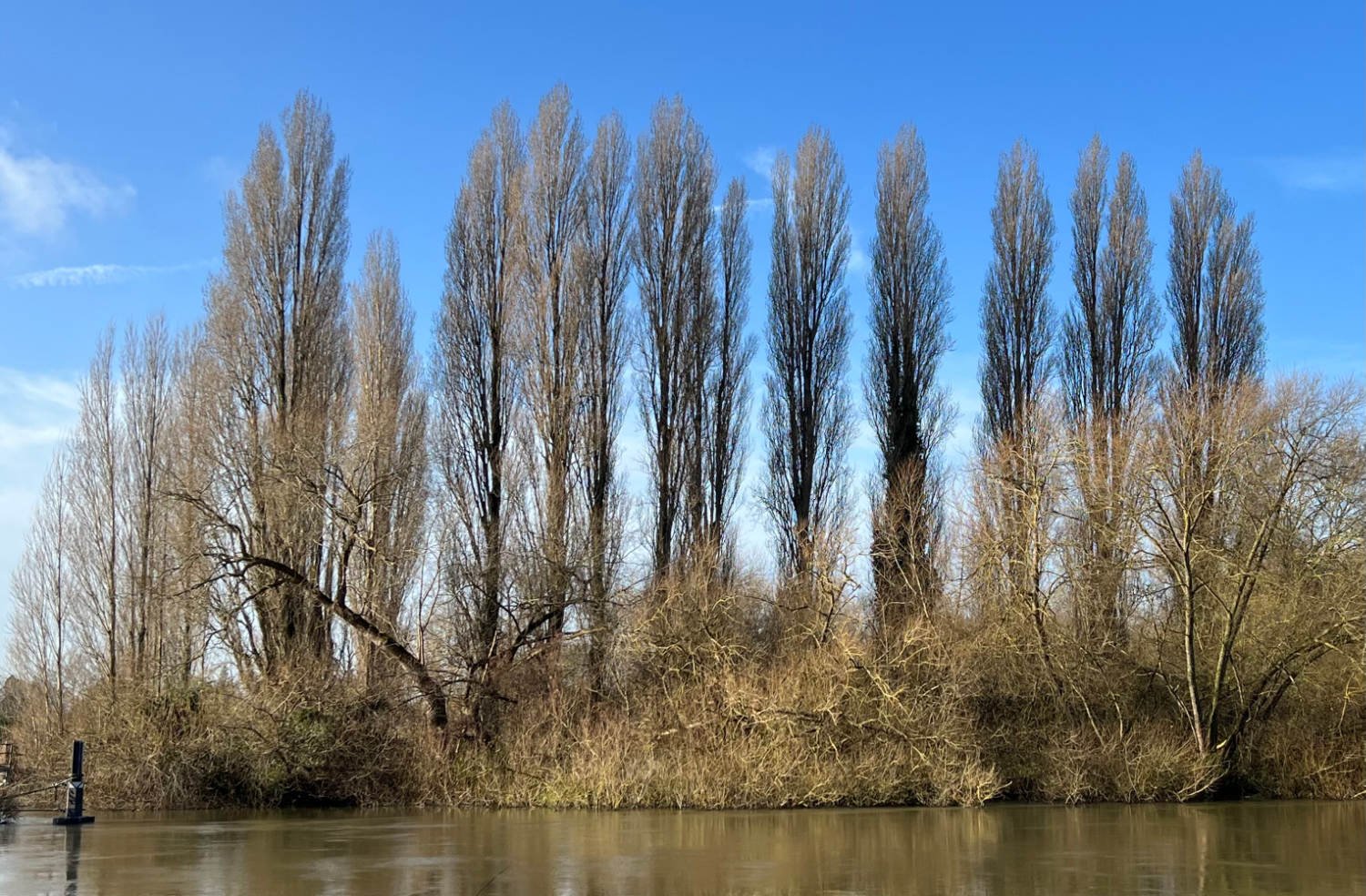
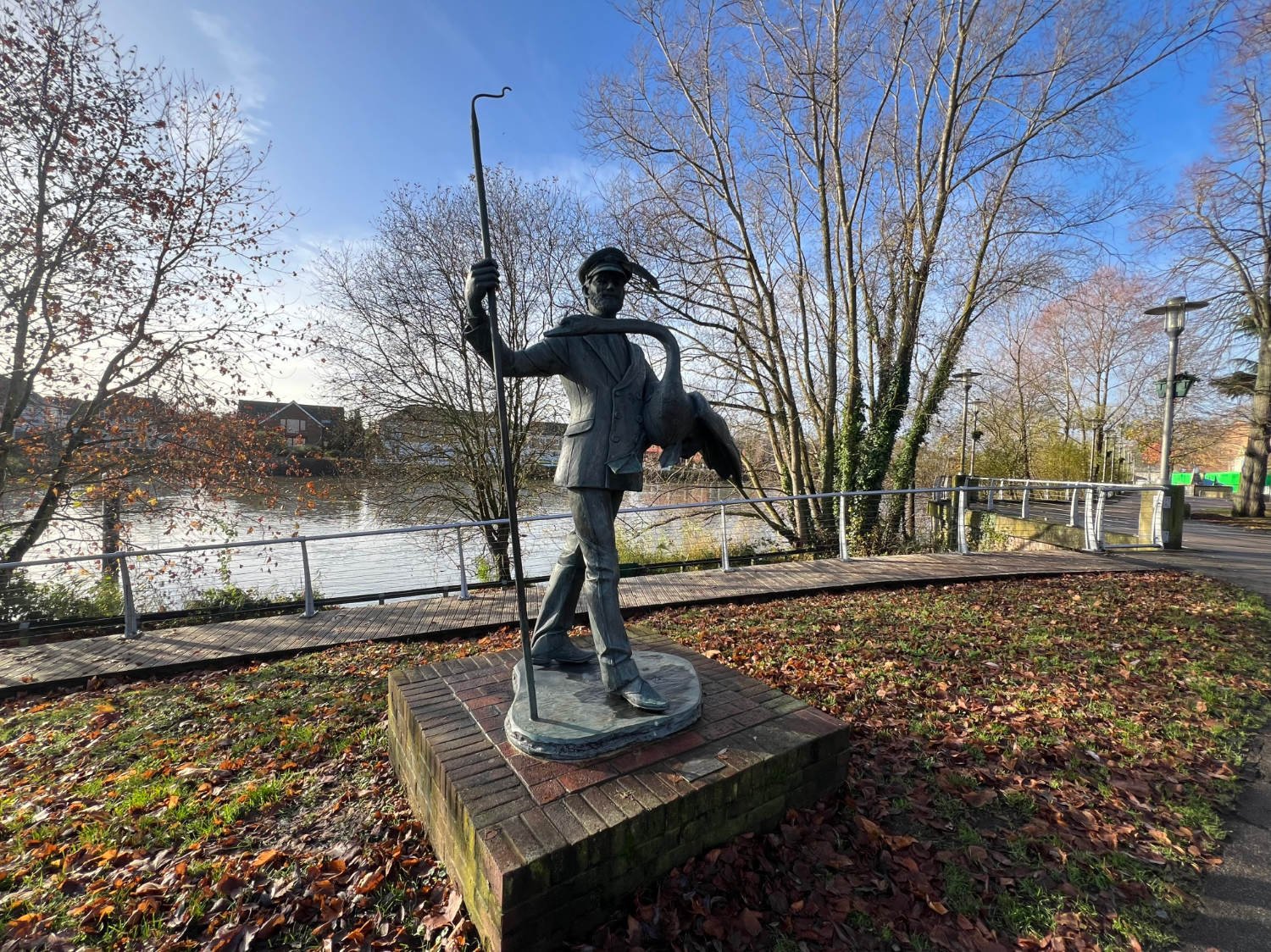
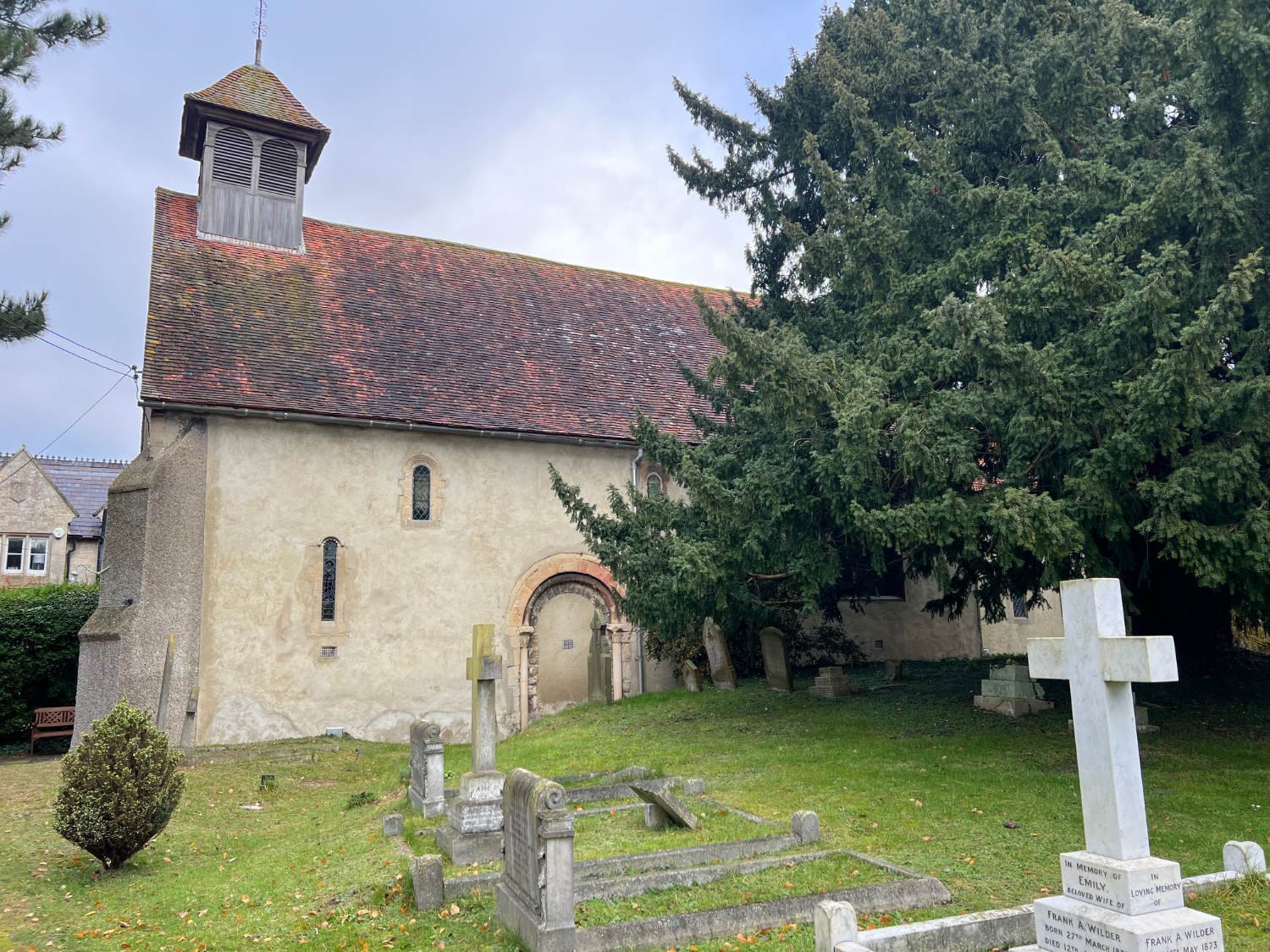
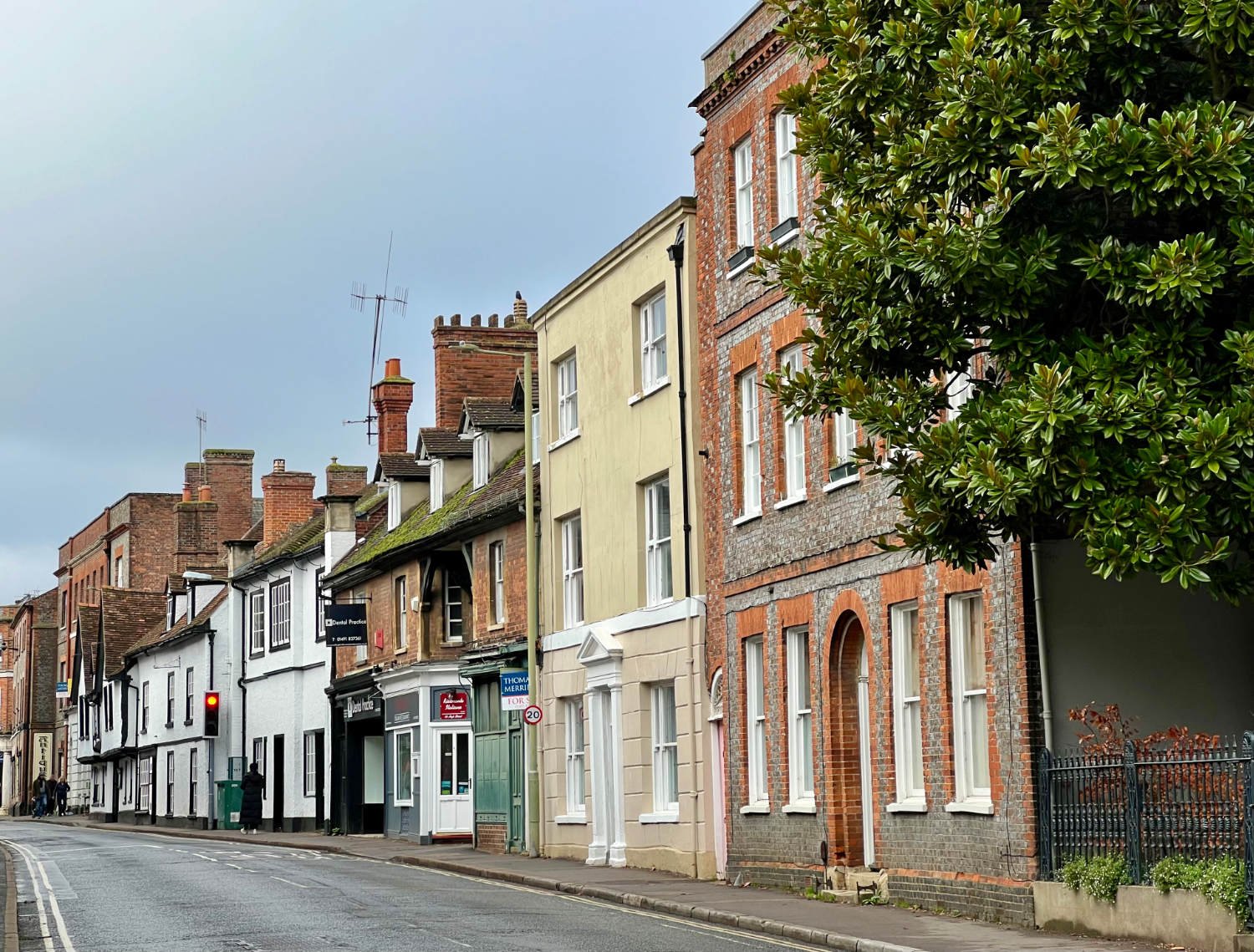
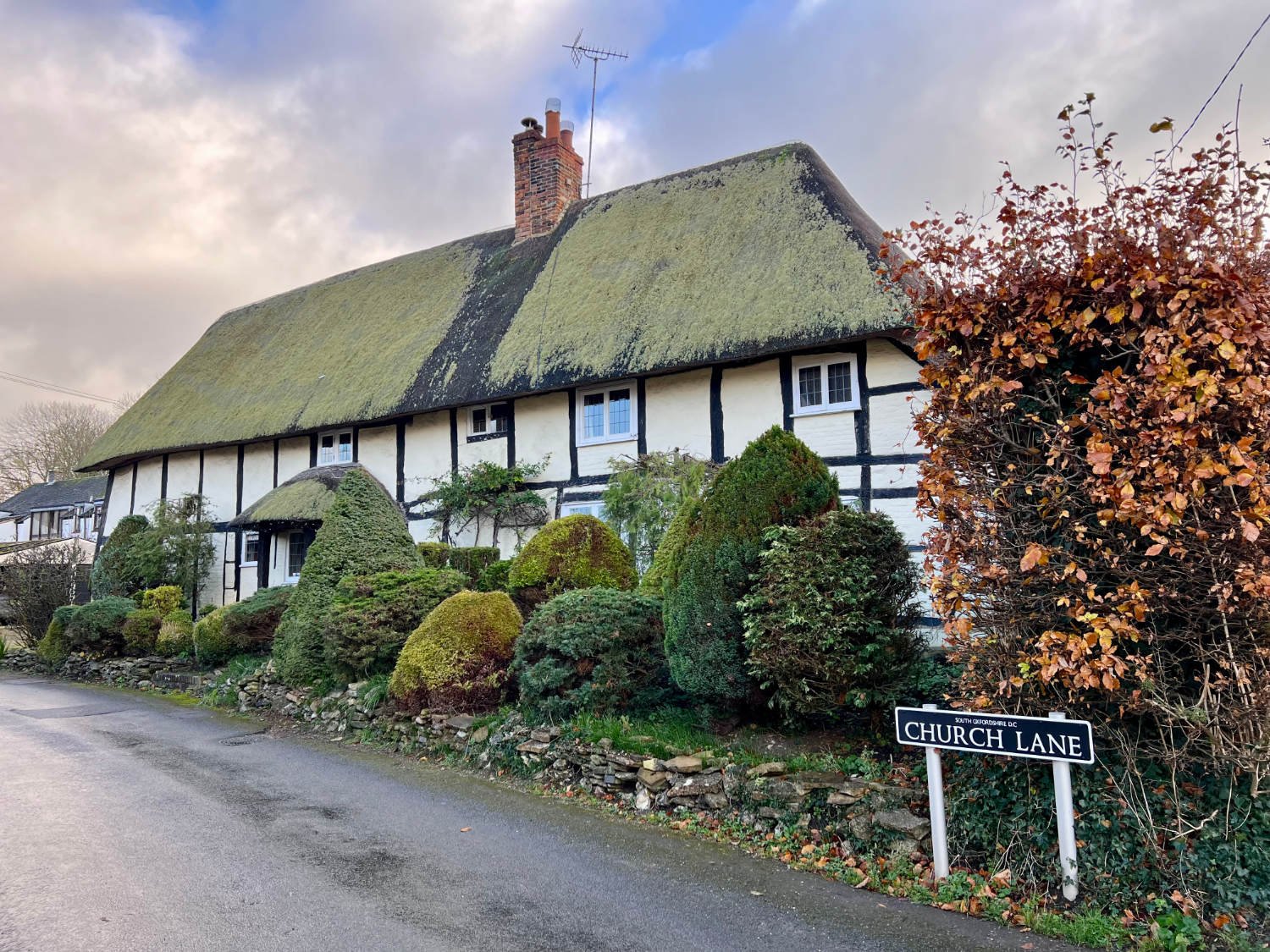
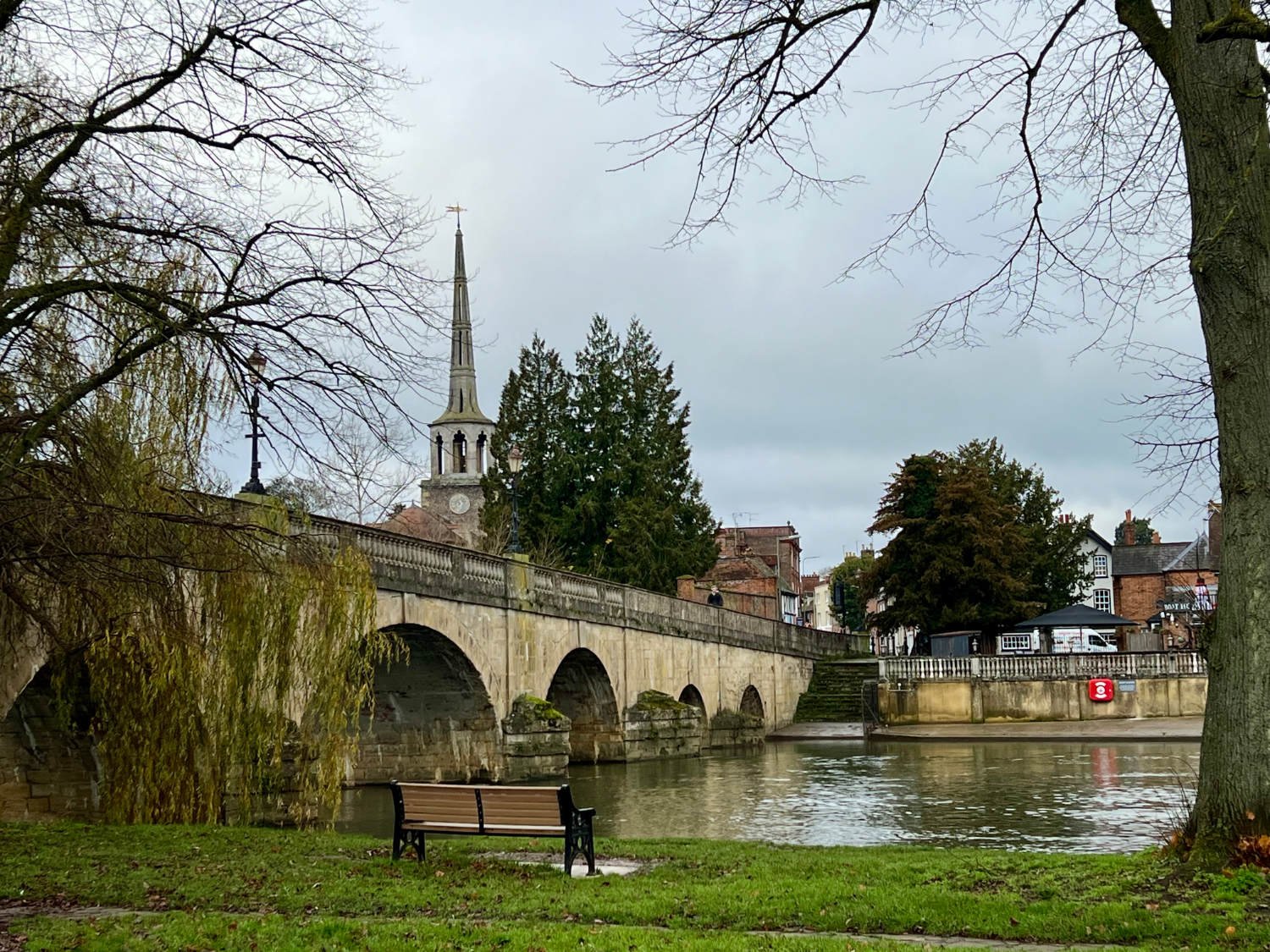
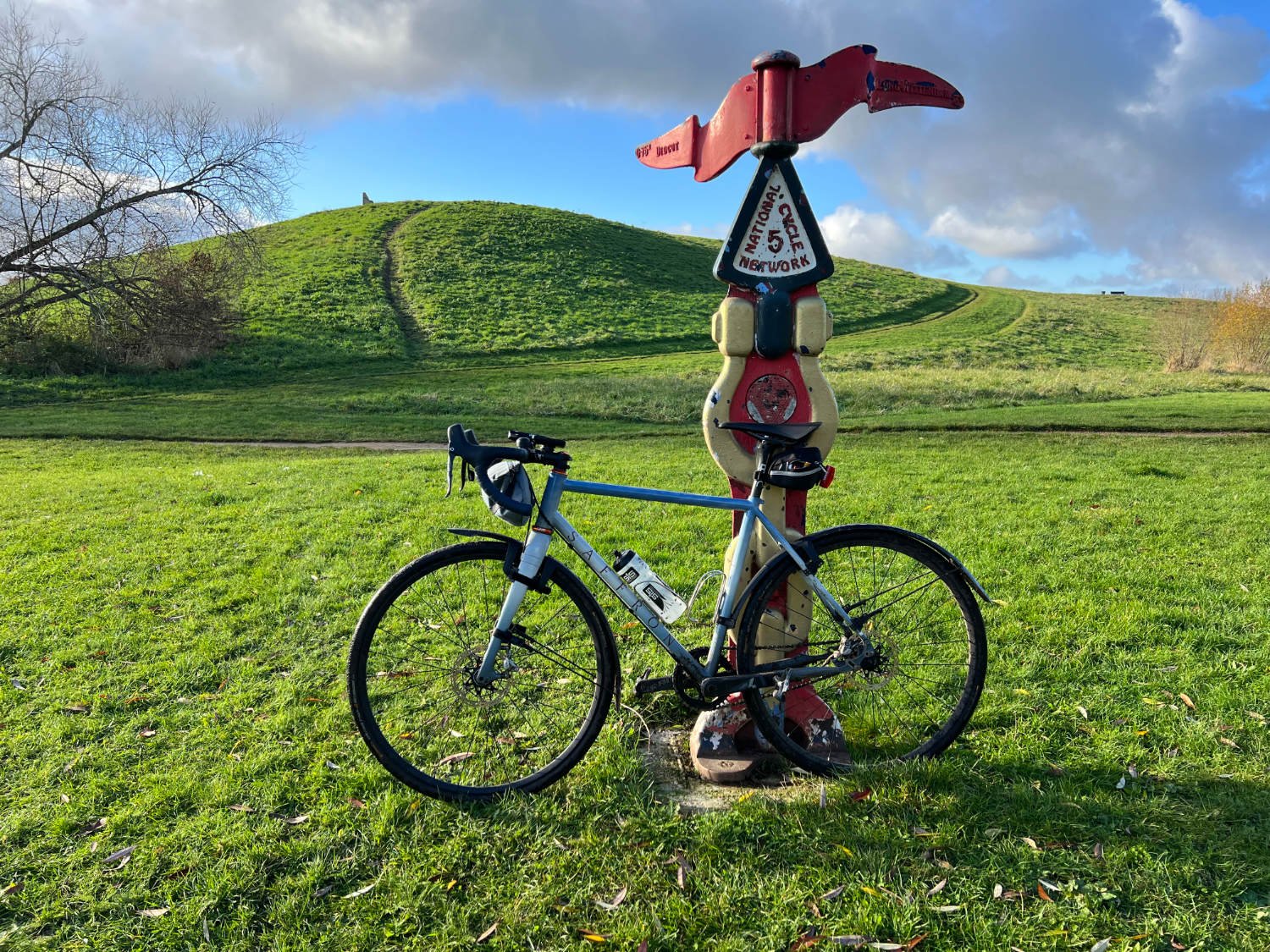
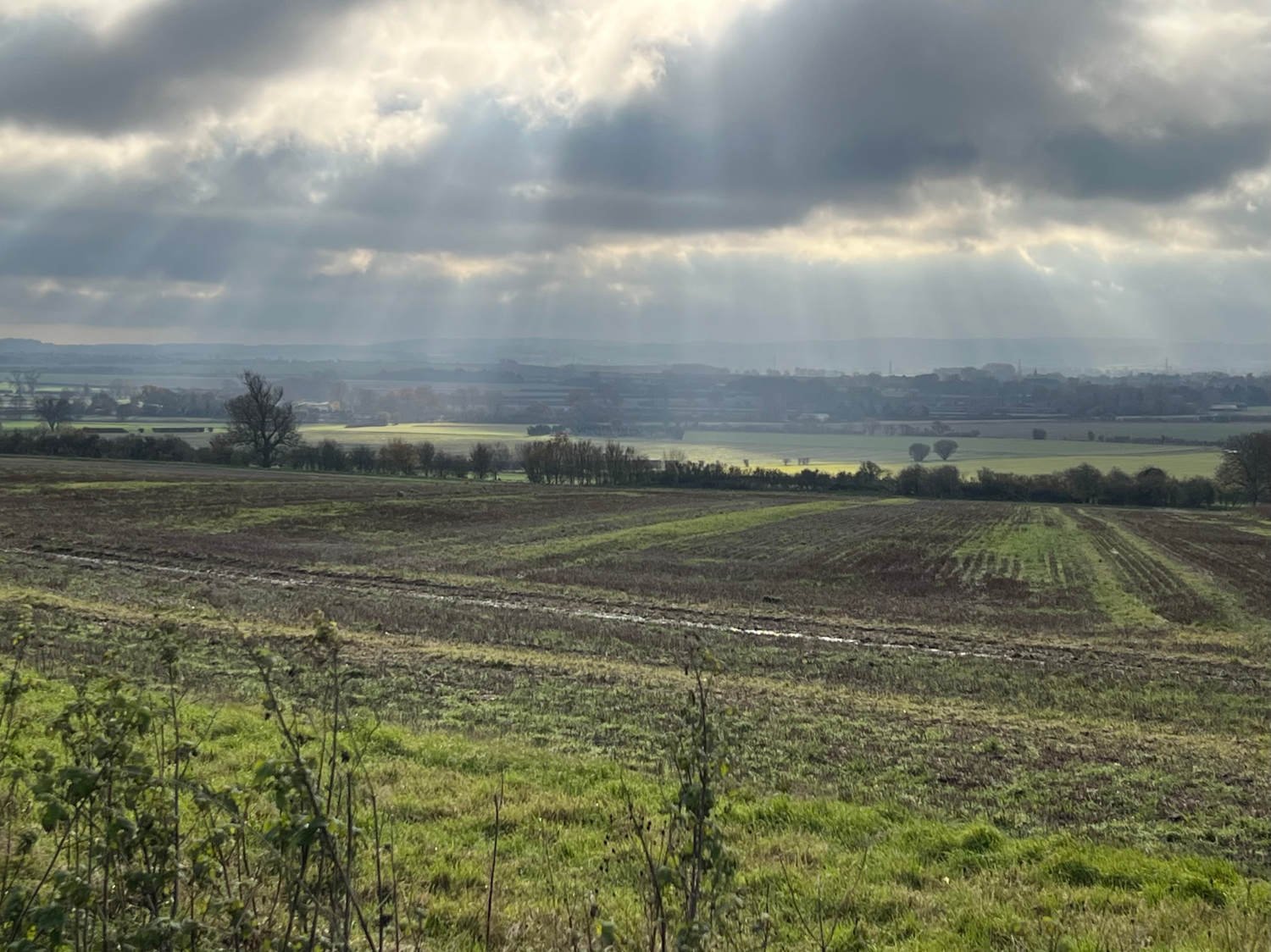
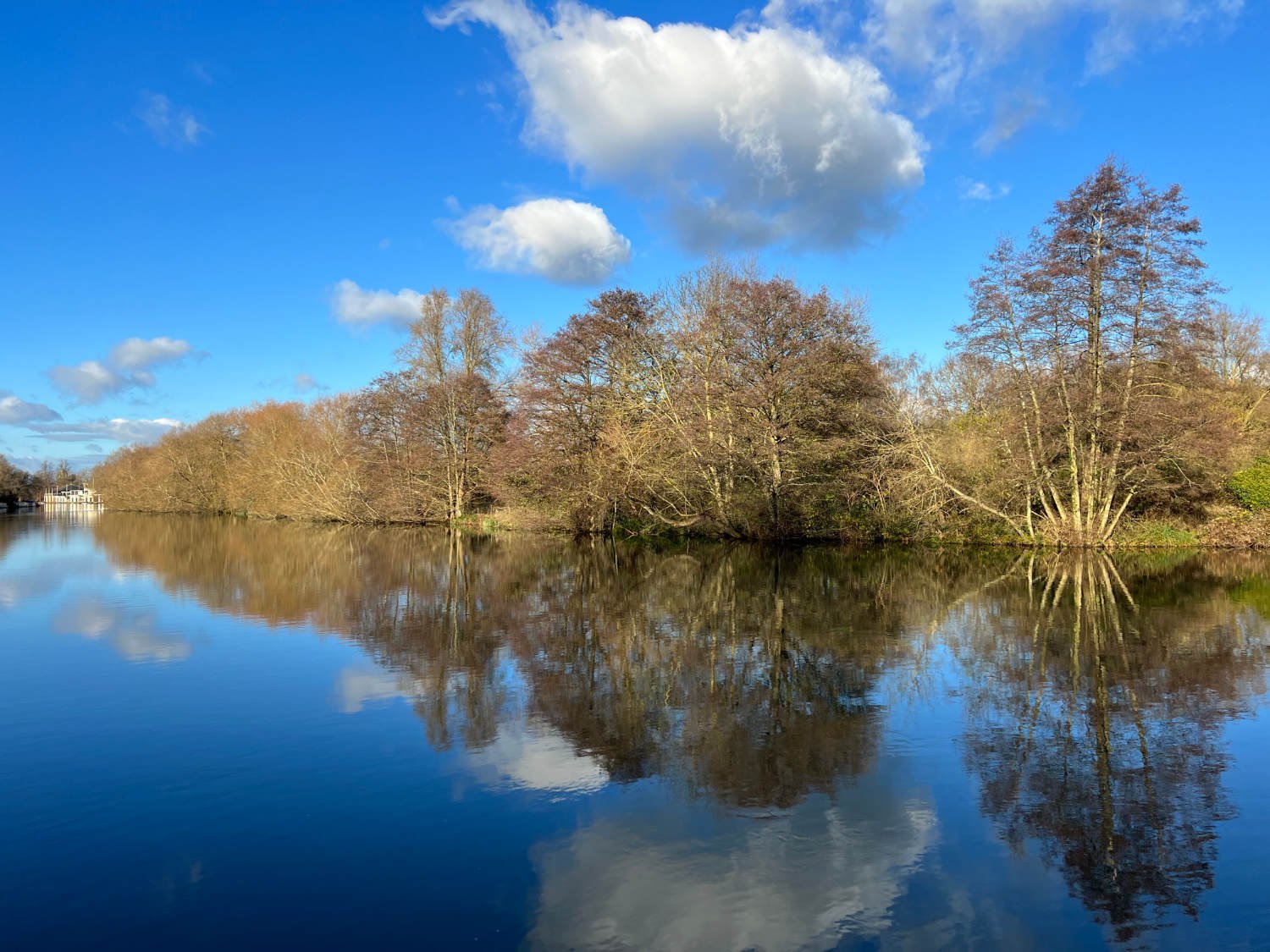
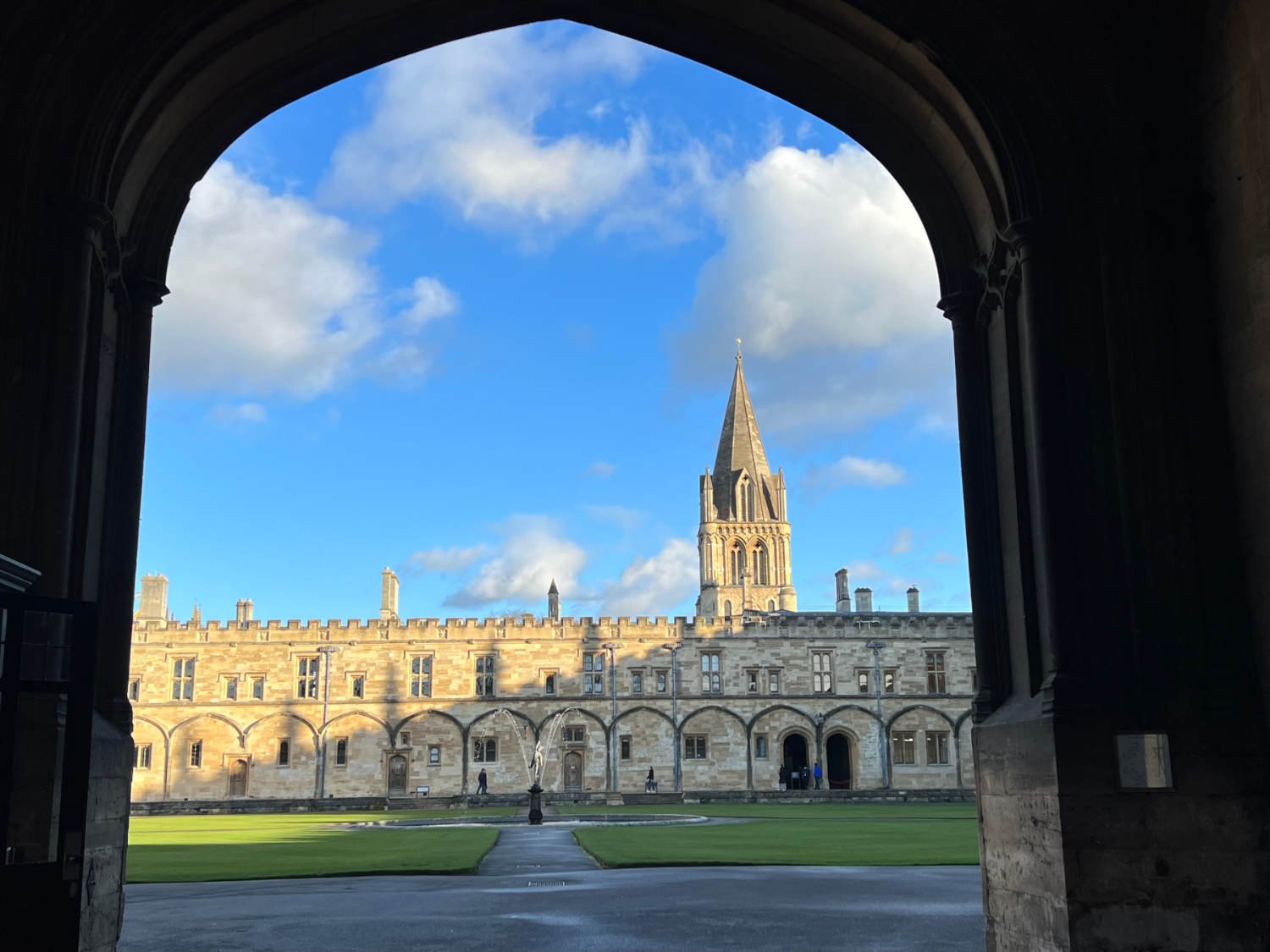
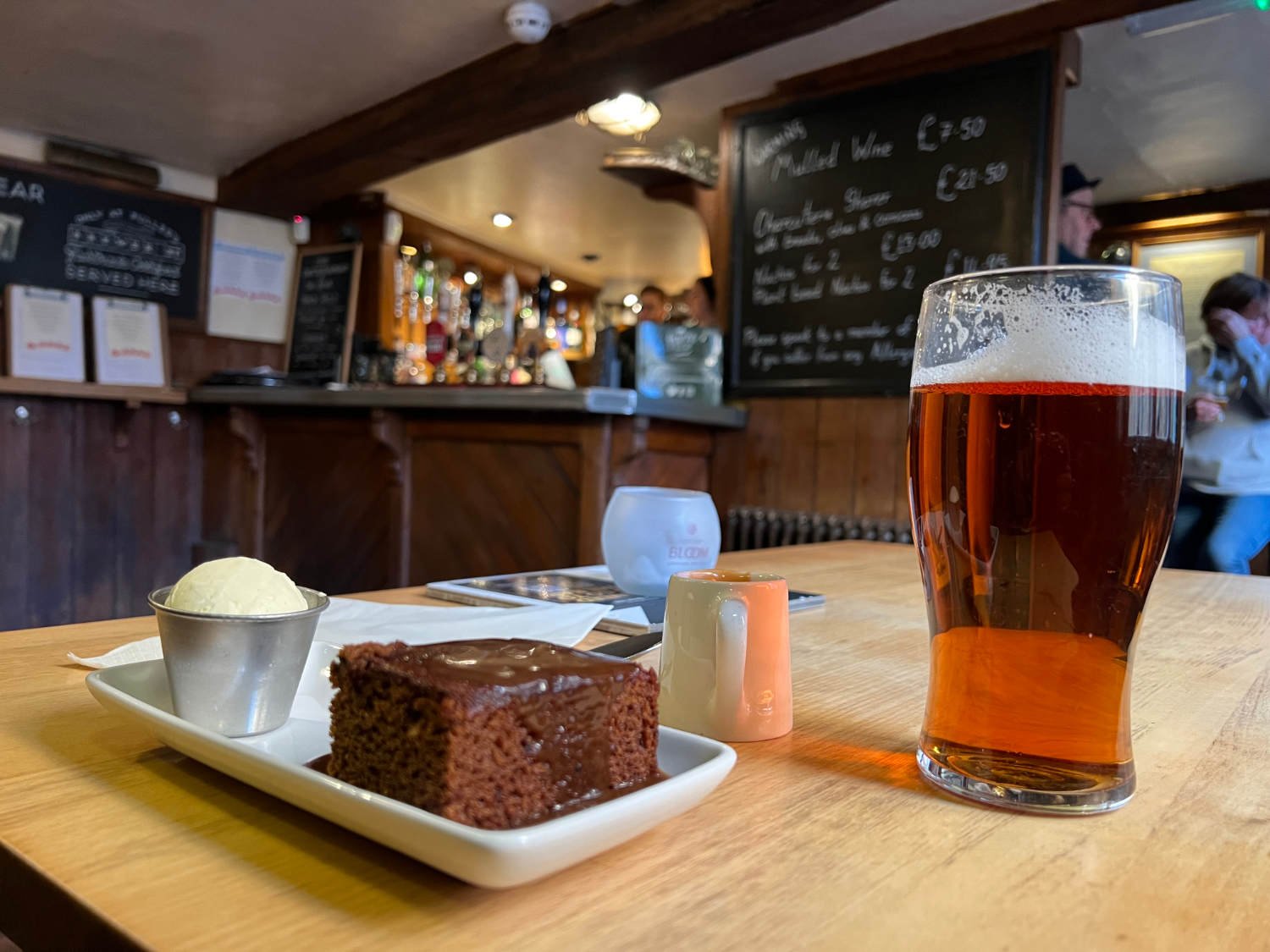
Ride Practicalities
The route is on a shared path and sunny weekends can bring many people to it. The path may have some mud after rain - nothing serious, none of the route is hard going, save for one short and sharp hill on the approach to Windsor Great Park.
The ferry at Weybridge: When the river is in full spate, the ferry does not operate. Follow the National Cycle Way Route 4 signs through Weybridge. This route re-connects with the river route at Chertsey. (The NCN signs are a red square with 4 clearly written in white. You’ll see them affixed to posts and pillares, with arrows indicating which way to turn)
START/FINISH: Hampton Court/Oxford DISTANCE: 150km TOTAL ASCENT: 850m TERRAIN AND SURFACES: Popular riverside paths which are mostly paved, although they can be a little rough in places. In winter, the paths can be muddy after heavy rain. There are a few roadside cycle paths and some quiet country lanes. RECOMMENDED BIKE CHOICE: Gravel bike RECOMMENDED CAFÈS/PUBS: There is no shortage of riverside pubs and cafes along the route. Favourites include the cycling mecca of the Cinnamon Cafe in Oxford. Walton; The Weir, The Anglers, Windsor; The Cinnamon Cafe, Benson; No. 25 Café, Abingdon, Missing Bean Café, Oxford; The Bear Inn VISIT: Hampton Court Palace, Windsor Castle, Cookham; The Spencer Gallery, Oxford; many colleges are open to the public at select times NEARBY MAINLINE TRAIN SERVICES: regular stations between Hampton Court and Reading, thereafter Didcot and Oxford LINKS TO OTHER RIDES: NCN4, The London Thames, The Arcadian Thames, London to Windsor
Ride Notes
The Middle Thames Way, has the grandest of departure points; the front entrance to Hampton Court. In term time, you’ll mingle with children in their school groups clutching clip boards and shouting excitedly as the teachers negotiate a passage past 16th century uniformed ‘guards’. The palace itself magnificent. As Lucy Worsley has written, ‘Any palace is basically like a really fancy apartment block, where the king has his flat, and the queen has hers and the courtiers have theirs……….’ It’s well worth parking the bike before you’ve even turned a pedal, and spending a happy day exploring the labyrinthine corridors, halls, kitchens and the magnificent gardens. There’s art, there’s stupendous architecture, there’s history both good and bad in every courtyard. It’s some place.
Hampton Court Palace
Once done with the palace, you cross Hampton Bridge and join the tow path, riding on a firm, if at times a little bumpy path. Quell any desire to ride fast, for on the path especially in summer, there are joggers, dogs and couples deep in conversation. Relax, ring your bell and greet everyone with a smile and pedal along gently. On the river, there are ornate houseboats, old boats, new boats, pleasure boats and skiffs and any number of ducks and swans. The trees, the temples, the boat yards and the light itself are the on-going sources of pleasure.
Having failed to ‘conquer’ Britain in 55BC, Julius Caesar returned the following year and marched up from Richborough in Kent to the Thames, where his invasion almost failed a second time. Having failed to ford the river further downstream he arrived with his legions at Walton. A little way after Walton Bridge, “when Caesar’s passage over the river was disputed by the British King, Cassivellaunus,……he (Caesar), ordered an elephant, an animal till then unknown to the Britons, to enter the river first, mailed in scales of iron, with a tower on its back, on which archers and slingers were stationed…..the Britons accordingly abandoned themselves to flight…..” (Polyaenus, Strategems of War, Book 8). Some historians suggest that Caesar’s legions - and elephant - crossed a few hundred metres upstream of Walton Bridge, at Coway Stakes. As you potter along the tow path here, spare a thought for the elephant as it waded towards spikes placed in the river behind which the massed ranks of woad-covered Britons stood shouting!
There’s been a ferry at Weybridge for over 500 years. The ferry is summoned by a bell and for a small fee you are transported across the river. If however, the river is in spate, the ferry will not run, in which case, you carry on riding along to Weybridge High Street and beyond following the frequent the NCN Route 4 signs. (a little red square bearing the legend 4) The two routes re-connect at Chertsey, which is one of the few places in England where a curfew bell is still rung; eight p.m. on weekdays and only between Michaelmas (29 September) and Lady Day (25 March).
Proceed, following the river to Staines, where there is a short but noisome section beside a busy road (it’s not clear if the footpath is a shared one - it should be and I use it as such) before the the short but steep haul up Copse Hill, a broken surfaced 16%-er which takes you into Windsor Great Park. Here, you ride on empty roads, save for the odd Range Rover belonging to the Royal Household. The forest is very ancient and you ride through large expanses of meadows and trees. Equestrian statues of kings punctuate the ends of avenues. The estate village is a manicured time-warp with an old-style village shop. (Ice-creams, buns, stamps and postcards).
The Castle in Windsor is the oldest and largest continually inhabited castle in the world. It’s huge, it’s art and architecture magnificent and if you forsook Hampton Court, you cannot possibly pass this place without entering. The fort that you see today was largely built on the orders of Edward III, using ‘impressed’ local labour. Windsor itself is decidedly underwhelming, seeking to extract the last pound from the visitor. See the castle and leave.
Windsor on a winter's day
The section between Windsor and Reading, is a continuous route of delight and surprise including Boveney where in Victorian times, the boys of Eton were forced to bathe naked. Nowadays, the boys have an Olympic swimming pool and bathing suits to wear. Nearby is the melancholic sight of the 11th century Church of St Mary Magdalene, which is managed by the Friends of Friendless Churches. Heston Blumenthal’s Fat Duck, once listed as the world’s best restaurant is still taking bookings in Bray and continuing with the creative theme, you ride through the pretty village of Cookham where Kenneth Graham wrote The Wind in the Willows and where the artist, Stanley Spencer lived and worked. A few kilometres later, you ride across the Grade 1 listed bridge into Marlow. It was designed by William Clark in 1829 and is on a smaller scale than the one he designed for Budapest. Beyond the town, is Hurely Lock, one of the nicest and safest places on the whole river to swim. Thereafter, you leave the river for a while (in order to avoid a particularly busy road), and head up and over a hill to Reading. The town has little to please the eye, but the villages beyond it, scattered amongst fields and water meadows, and back-dropped by the chalk hills of the Chilterns, are very lovely. The riding mixes rideable bridleways with quiet country lanes.
Founded as a base to fight the Vikings by King Alfred, the market town of Wallingford grew to be the same size - and importance - as his Wessex capital in Winchester. William I, in reward for the town’s rapid surrender granted special privileges, including being permitted an extra hour in the evening before the curfew bell was rung. (The nation’s towns had their bells rung at 8p.m. whereas Wallingfordians were allowed out till 9!) Such was the medieval importance of the town that great Councils (a precursor to Parliament) were held here. The Treaty of Wallingford was signed here to end the ‘Wars of Anarchy’ between the legitimate Queen Matilda and her cousin Stephen. However, for all its history, a cafe selling good coffee and a fuelling slice of cake are missing from the town. If that is what you need, (rather than the mediocre offerings found in the town), deviate from the route for 2km (on a cycle path beside the river) to the No. 25 at Benson.
The route meanders along the river valley, through picturesque villages and farming country. It is quintessential Middle England; cottages are thatched, roses climb walls, hedges are neat and birds sing as you pass. If you’re curious about what the valley looked like a hundred years ago, you might choose to visit the museum at Pendon, where there’s an enormous model railway and diorama which depicts the Vale of the White Horse as it would have been in the 1930s. It is both historically accurate as well as a labour of love.
Didcot is the archetypal railway junction town. Busy, practical and lacking in aesthetic attractions. Trains rattle through and steam engines from the Golden Era of train travel still puff away in the Didcot Railway Centre. For much of the twentieth century, it was the monumental cooling towers of Didcot’s power station which were the attraction. These have been dismantled and as you ride the decommissioned plant, you’ll hear huge trucks bleep as they carry the rubble and polluted earth away.
The remains of Didcot power station
Abingdon is not alone in claiming to be England’s oldest town. Its streets are lined with listed buildings. It is then but a few more riverside kilometres to Oxford, which you enter beside the widest section of the river of the entire route. Imposing boat houses belonging to the colleges line the banks, crews heave on oars, coxes urge them to greater efforts through megaphones. Then, the flower-filled meadows of Christchurch herald your arrival into the city of ‘dreaming spires’.
Oxford is built on a 160 million year old coral reef. Nature’s forces have transformed the coral’s polyps into the gingerbread Corallian limestone of today. The gingerbread coloured stone is gorgeous in warm summer light. The city is a victim of its beauty and the streets are crowded with the peoples of the world taking selfies outside college gates. To celebrate your arrival in Oxford, home to the oldest university in the English speaking world, you might consider a pint and a plate of food, away from the main tourist trail in The Bear Inn, Oxford’s oldest pub, which dates from 1242.
The Bear Inn, Oxford
Every route on this website has been carefully researched as well as ridden. However situations on the ground can change quickly. If you know of changes to this route, or cafes, pubs and the like which you think other cyclists need to know about, feel free to share your thoughts below.
If you enjoyed this guide, why not subscribe to the website so as not to miss other inspirational routes?




